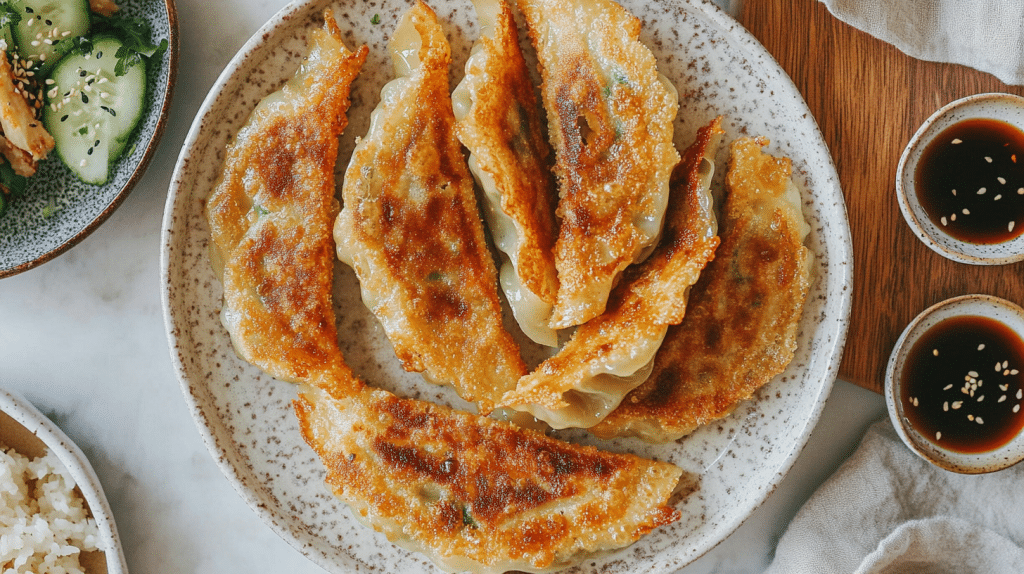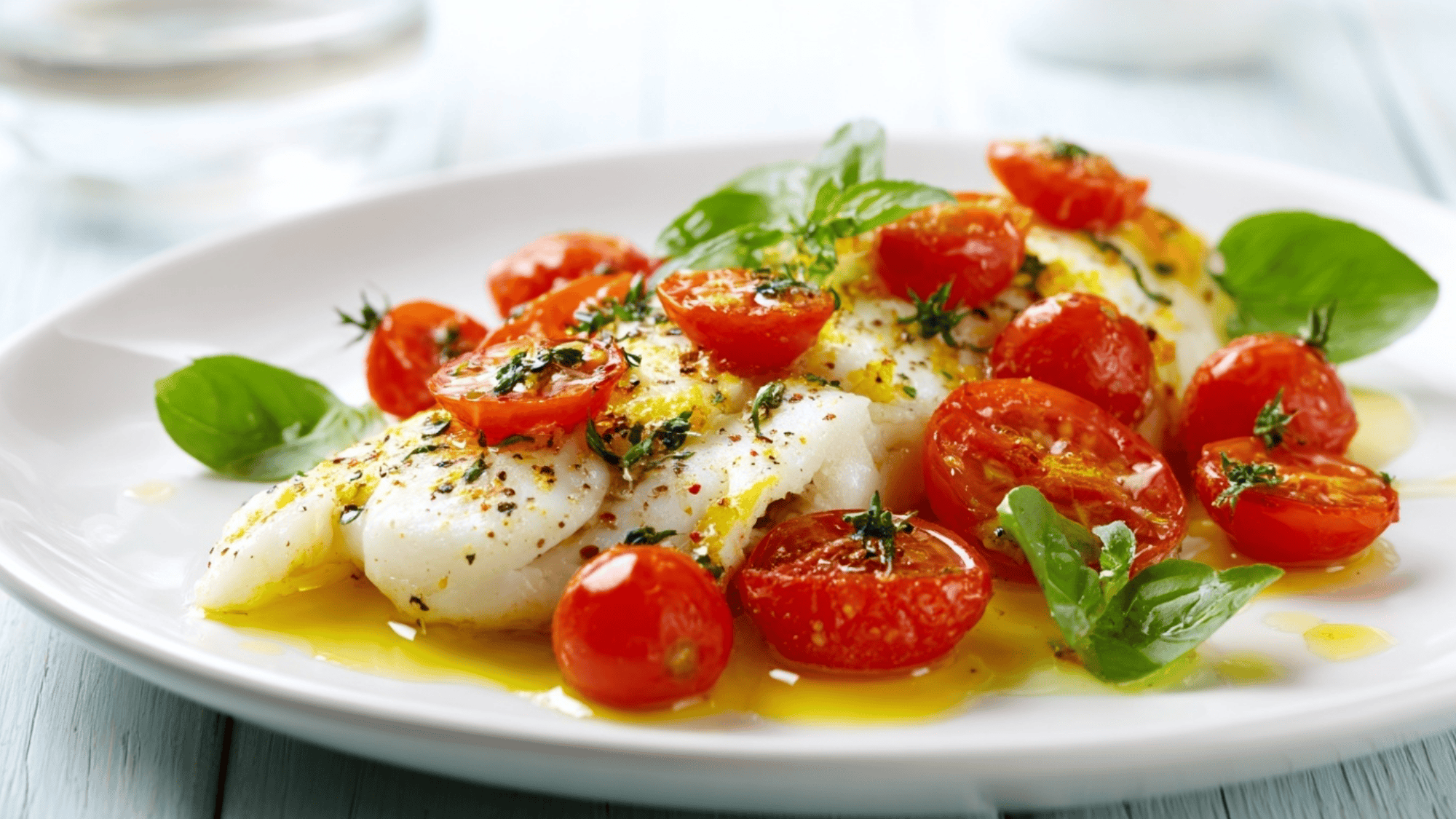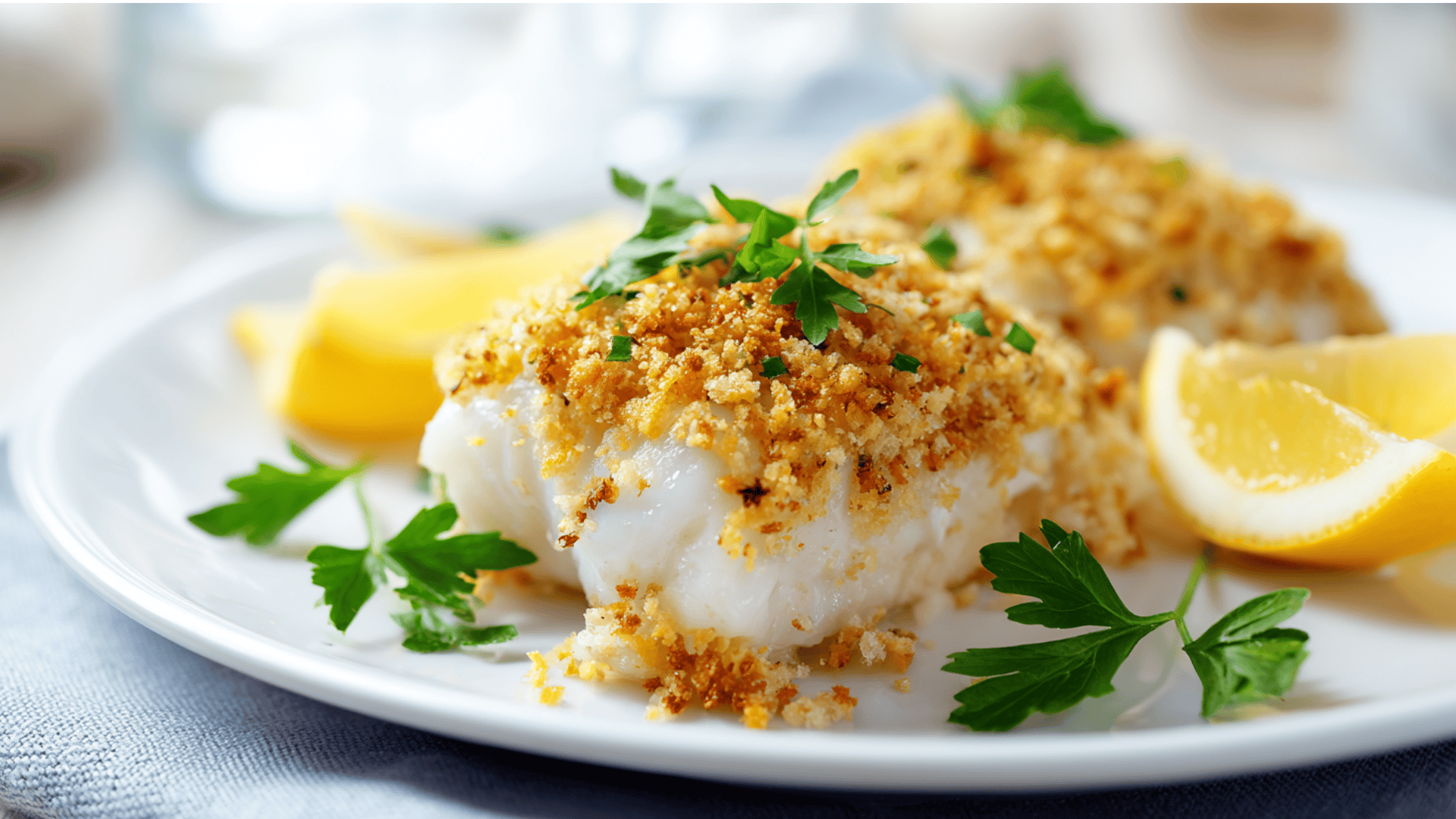Sometimes the most beautiful culinary moments come from blending traditions across cultures.
Tonight, we will be creating an exciting blend of Japanese, Korean, and American cuisines, combining the traditional and subtle gyoza with spicy Korean gochujang and the rich, tender flavors of American Wagyu beef.
This recipe feels both fancy and wonderfully approachable for any home cook.
With clear, easy-to-follow steps that have been refined through countless kitchen experiments, this fusion makes these premium ingredients into handmade treasures that anyone can master.
This isn’t just dinner. It’s a little celebration of how food brings the world to our table.
Ingredients You’ll NeedFor the Gyoza Filling
To Assemble
For the Crispy Skirt
Optional Premium Garnish
Dipping Sauce
|
Recipe Notes
| Information | Details |
|---|---|
| Prep Time | 30 minutes |
| Cook Time | 15 minutes |
| Total Time | 45 minutes |
| Category | Dinner / Main Course |
| Method | Pan-fried |
| Cuisine | Japanese-Korean Fusion |
| Yield | Makes about 40 gyoza (serves 6-8 as an appetizer, 4 as a main) |
Let’s Get Cooking – Step by Step!
This recipe has been refined through countless kitchen experiments to get every detail just right. No fancy tools are needed; just good timing and a few key techniques I’m excited to share.
Grab your apron and let’s make these gyoza the star of tonight’s dinner!
1. Prep the Cabbage
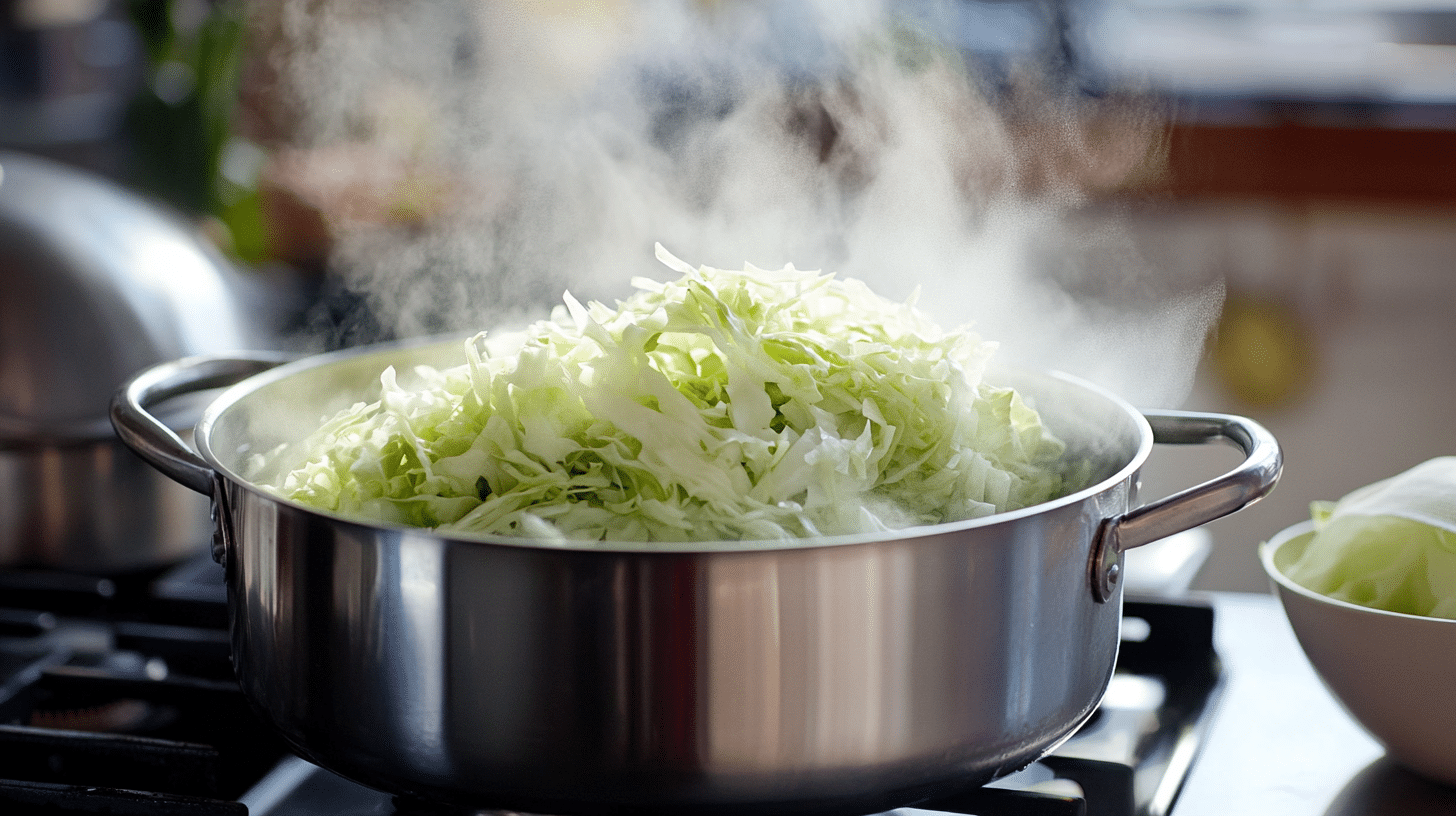
Start by bringing a large pot of water to boil, then add the shredded Napa cabbage and blanch for exactly 30 seconds.
Immediately drain and rinse under cold water. Using a clean kitchen towel or cheesecloth, squeeze out ALL excess moisture – this step is crucial.
Pro Tip: Squeeze cabbage until almost dry. Wet cabbage makes a soggy filling and prevents sealing.
2. Make the Filling
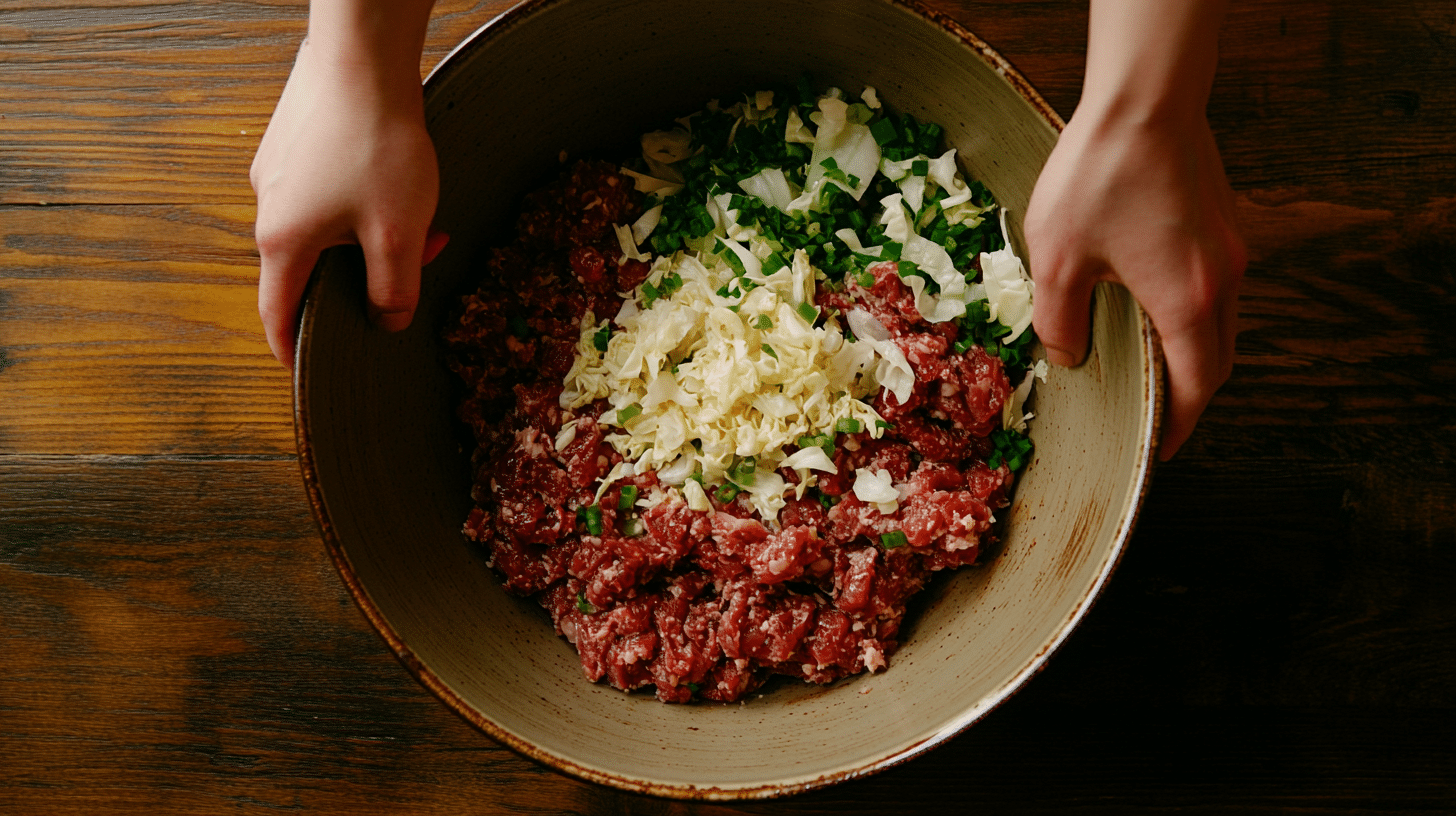
In a large bowl, add the Wagyu beef, onion, ginger, garlic, the perfectly prepared cabbage, spring onions, and chives. Then add the soy sauce, gochujang, sesame oil, sugar, egg, and cornstarch.
Gently mix until just combined. This cannot be stressed enough: do NOT overmix.
Pro Tip: Mix with hands and stop when evenly distributed. Overmixing makes Wagyu tough.
3. Assemble the Gyoza
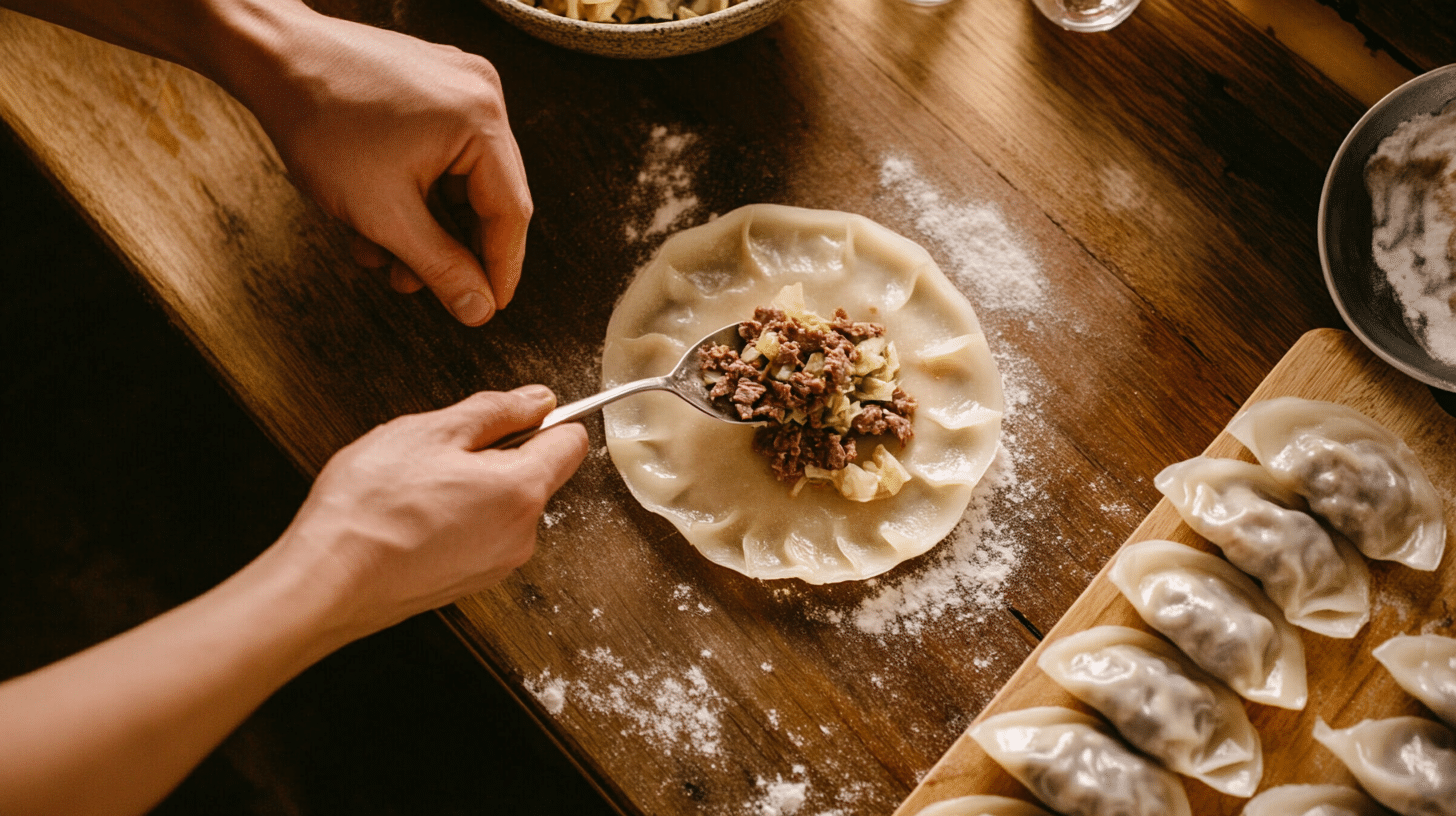
Place 1 heaping teaspoon of filling in the center of each wrapper, then wet the edges of the wrapper with water using a finger.
Fold the wrapper in half and create 5-6 pleats along one edge, pressing firmly to seal completely. Each finished gyoza goes on a cornstarch-dusted tray to prevent sticking.
Pro Tip: Use less filling for better sealing. Keep unused wrappers covered with a damp towel to prevent drying.
4. Create the Crispy Skirt
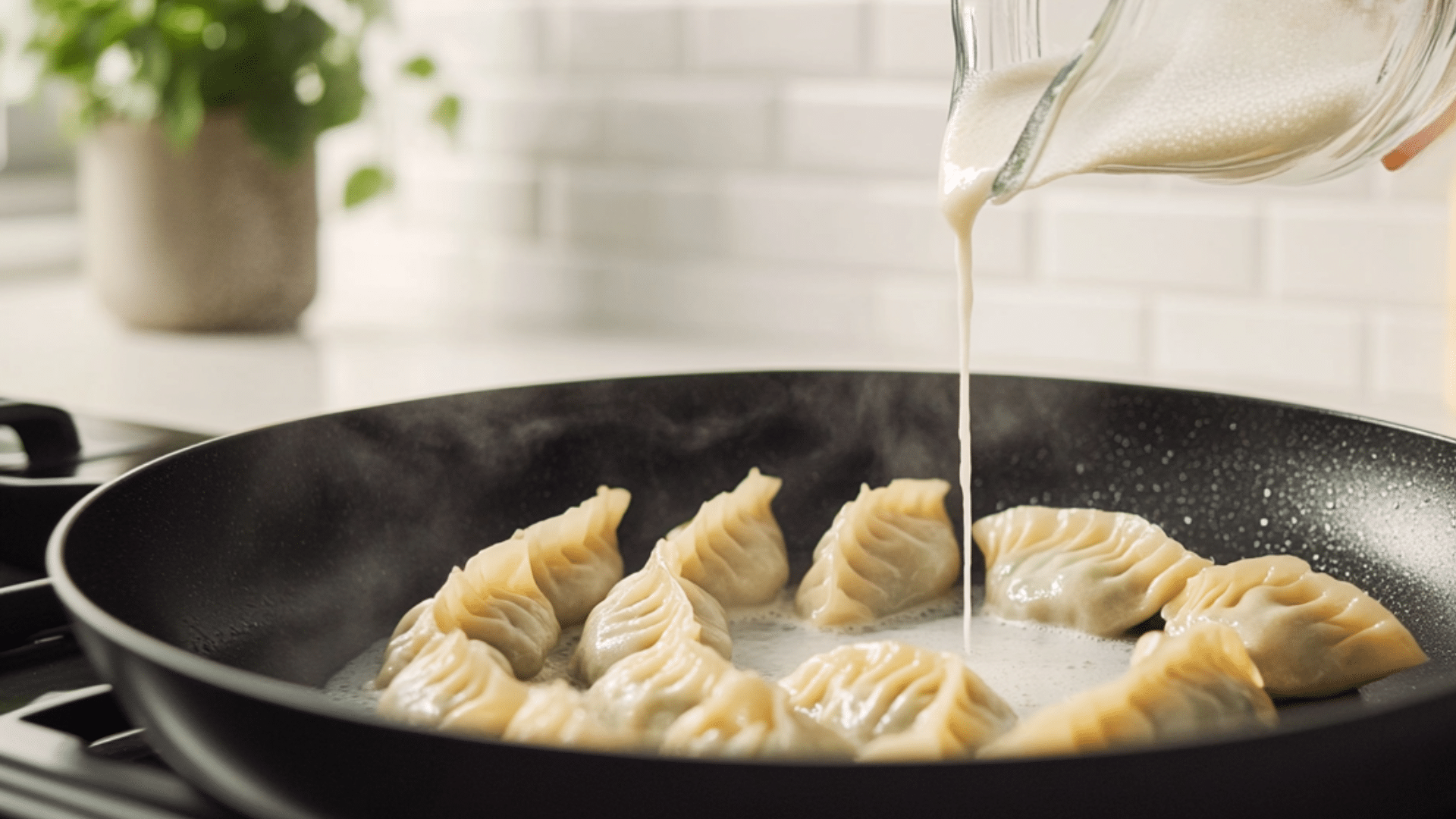
Heat the nonstick pan over medium-high heat and add 1 tablespoon sesame oil to coat the bottom. Place the gyoza flat-side down in a single layer and cook undisturbed for 2-3 minutes until the bottoms are golden.
Meanwhile, mix the slurry: 1 tablespoon of flour, 1 tablespoon of cornstarch, and 3 tablespoons of water. Pour the slurry around the gyoza (not on top), immediately cover with a lid, and steam for 3-4 minutes.
Then remove the lid and cook until the slurry forms a crispy skirt and all the water has evaporated.
Pro Tip: Have slurry ready before cooking and pour in one smooth motion. Quick timing creates the perfect crispy skirt.
5. Serve HOT!
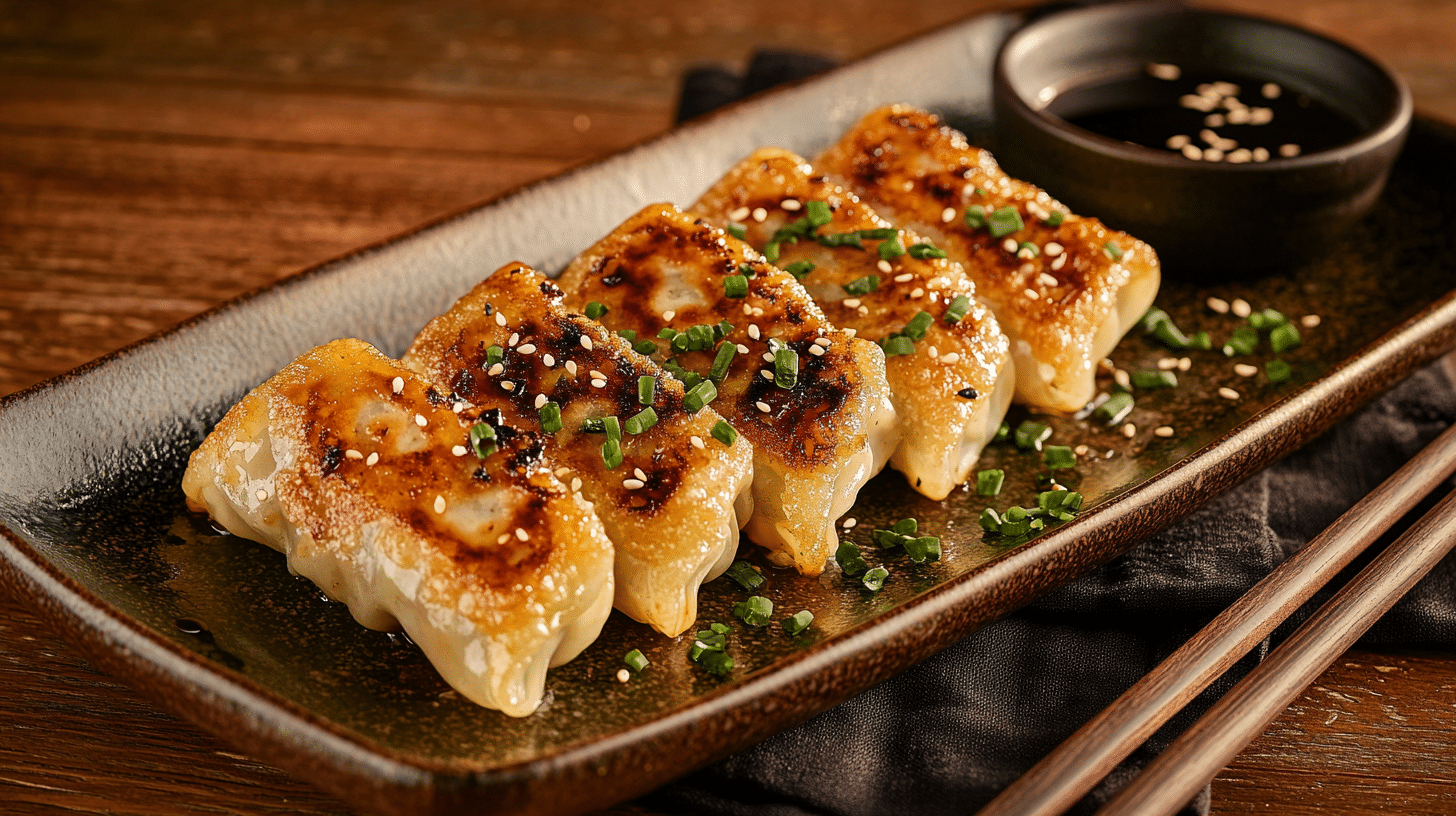
Turn off the heat and let everything sit for 1 minute, then run a spatula around the edges to loosen the skirt. Carefully invert the pan onto a serving plate or serve crispy-side up.
Sprinkle the Gyoza with fresh chives and serve immediately with the homemade dipping sauce.
Pro Tip: Use a large plate and flip quickly in one confident motion. The crispy skirt lifts off as one beautiful piece.
Nutrition Facts
Packed with protein, also being relatively balanced – perfect for when you want something indulgent yet satisfying!
| Nutrition Information | Per Serving (5 gyoza) |
|---|---|
| Calories | 285 |
| Protein | 18g |
| Fat | 16g |
| Carbs | 18g |
| Sugar | 3g |
| Sodium | 420mg |
Note: These are approximate values; the exact nutrition depends on your specific ingredients and portions. But honestly, when something tastes this good, who’s counting?
Storage & Reheating Secrets
These Wagyu gyoza are just as good when left over as they are fresh; here’s how to keep them tasting wonderful!
- Refrigerate: Store the cooked gyoza in airtight containers in the fridge – they stay perfect for up to 3 days.
- Freezing: When you meal prep, freeze uncooked gyoza individually on a tray, then transfer to freezer bags – they last for 3 months this way! Cook them straight from frozen, just adding a couple of extra minutes to the steaming time.
- Reheating magic: Cover leftover gyoza with foil and warm at 325°F for 10 minutes, or quickly pan-fry them again to crisp up the bottoms.
- Microwave hack: For a quick lunch at work, cover them with a damp paper towel and heat at 70% power – no soggy gyoza here!
Make It Your Own: Quick Swaps!
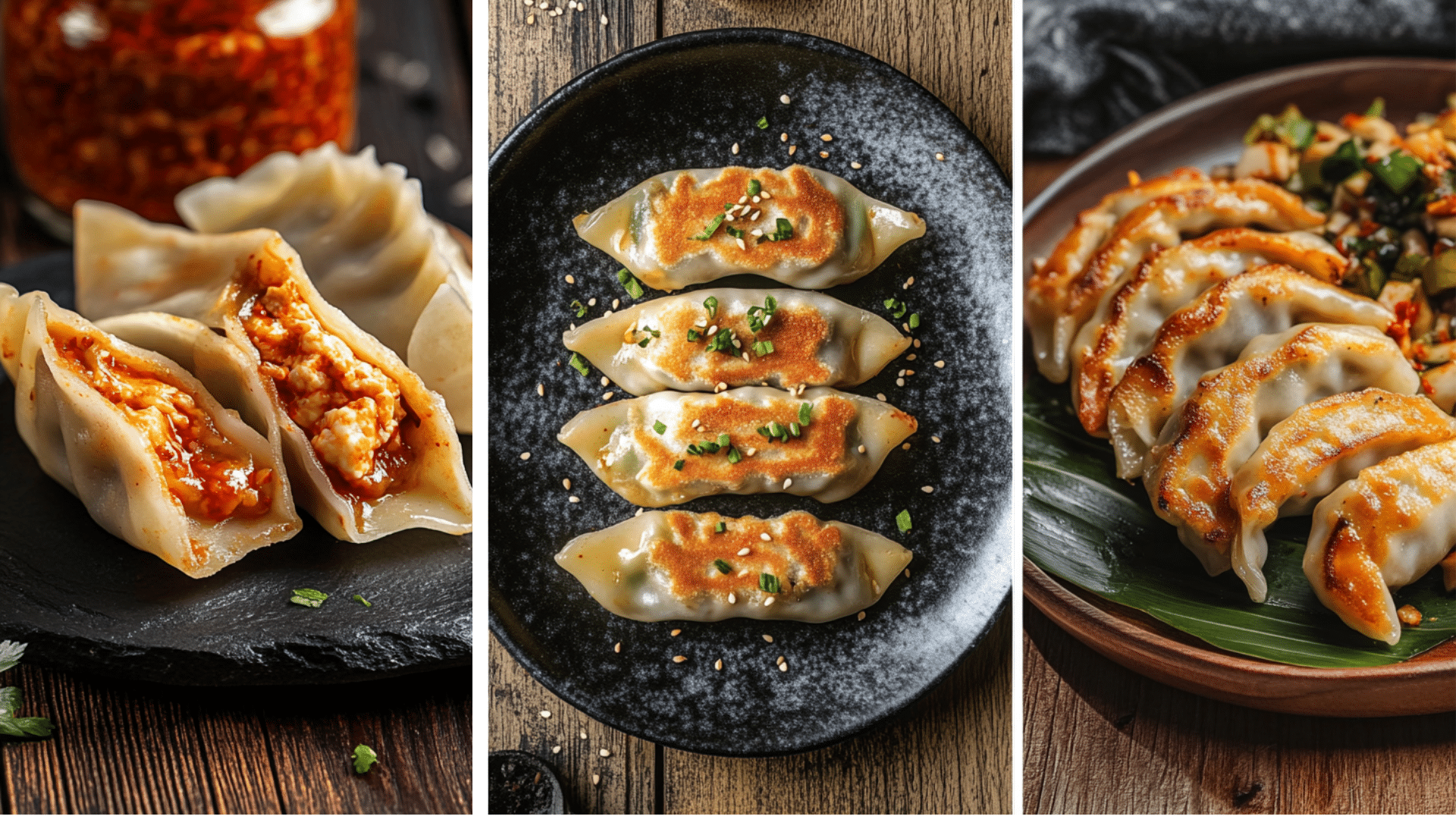
Keep things fresh by changing up this recipe when I’m in the mood for something different. These variations have become family favorites and add exciting new flavors to the basic recipe:
Heat Level
Adjust the gochujang based on who you’re serving. Start with just 1/2 tablespoon if the little ones are joining us, or bump it up to 2 tablespoons when you are cooking for your spice-loving friends. You can also substitute sriracha for a milder Korean flavor.
Cheese Options
Add a tiny cube of cream cheese or mozzarella inside each gyoza for an extra surprise. The cream cheese melts beautifully with the Wagyu, while the mozzarella creates an irresistible cheese pull.
Tasty Add-ins
Finely chopped shiitake mushrooms or water chestnuts work beautifully with the Wagyu for extra texture and umami. Also you can add minced bamboo shoots for crunch, or a small amount of kimchi (squeezed dry) for extra Korean flair.
Wrapper Alternatives
While some prefer traditional round gyoza wrappers, you can experiment with different shapes when feeling creative.
Wonton wrappers create a thinner, more delicate texture, while potsticker wrappers are slightly thicker and hold more filling.
Sauce Variations
There are versions with ponzu for a citrusy twist, or added a touch of honey and rice vinegar for sweet-and-sour notes. Extra chili oil brings serious heat, while a splash of mirin adds subtle sweetness.
Delicious Duos that Go with Wagyu Gyoza
When you serve these Wagyu gyoza, make sure the sides are just as special! Here are the favorite companions that make this meal complete:
Sesame Cucumber Salad
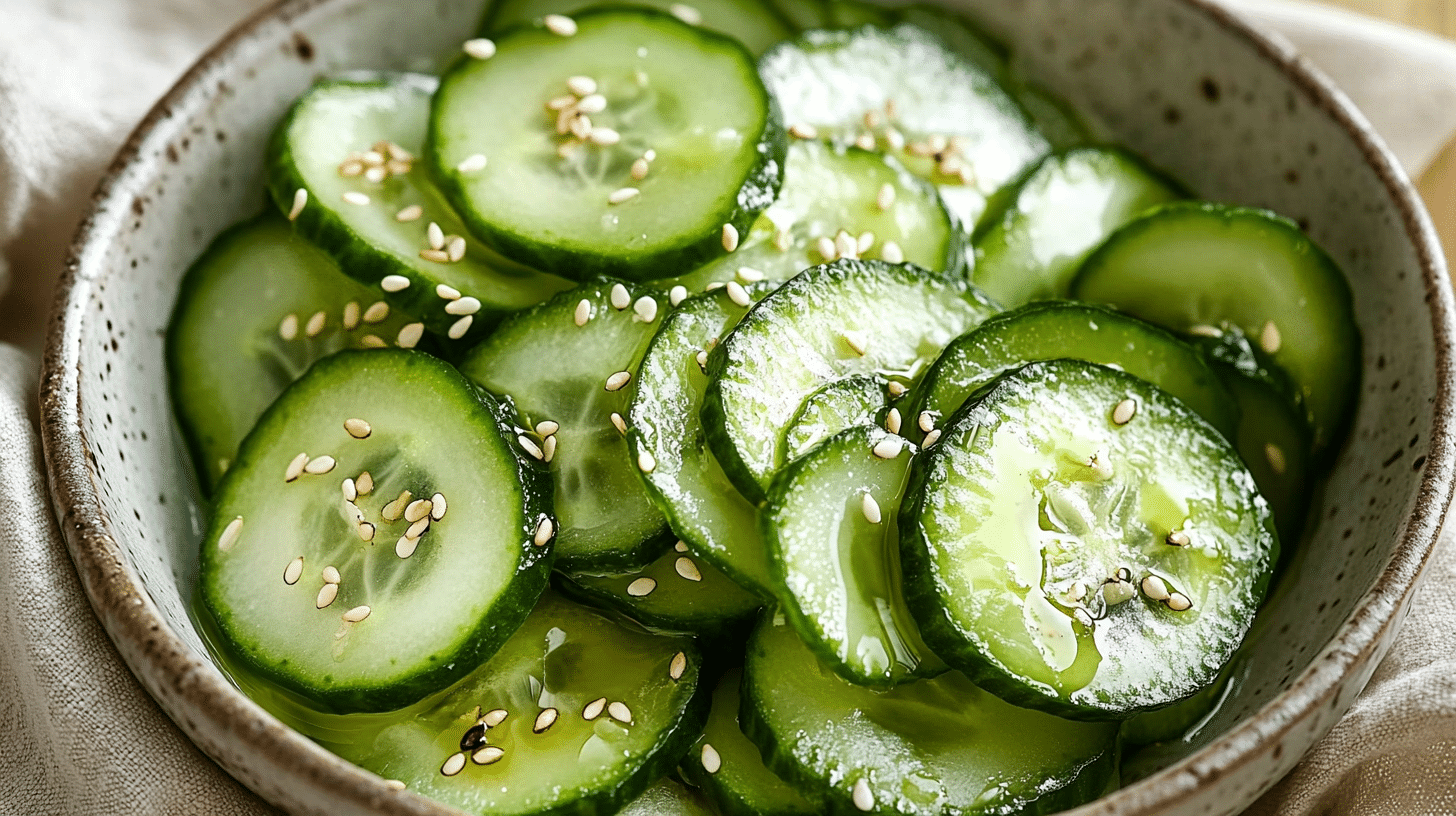
Toss thinly sliced cucumbers with rice vinegar, sesame oil, a touch of sugar, and toasted sesame seeds. The cool, refreshing crunch perfectly balances the rich, warm gyoza and cleanses the palate between bites.
Steamed Jasmine Rice
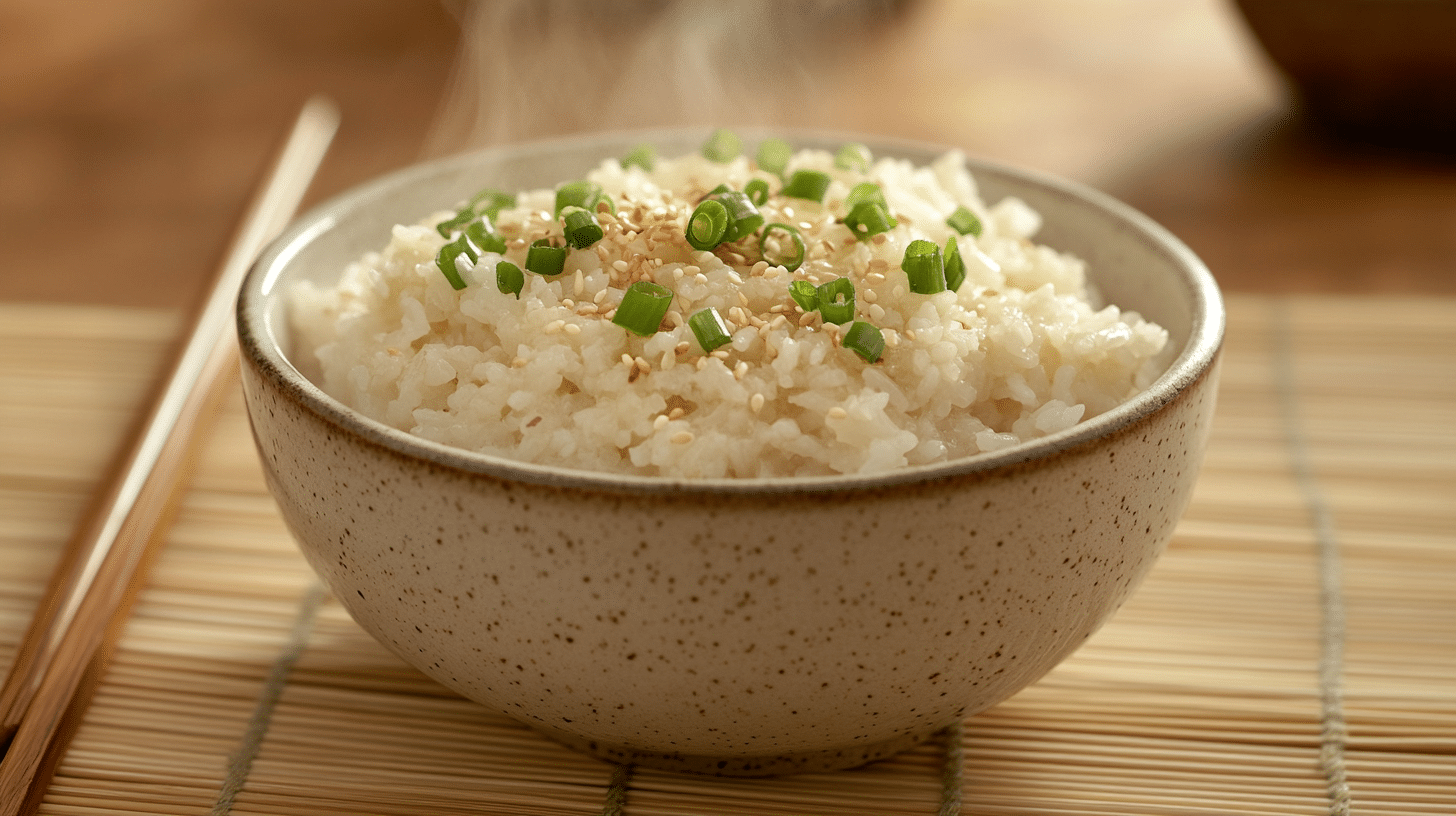
The go-to base, cooked to perfection and perfectly fluffy. Stir in a bit of sesame oil and finely chopped scallions at the end for extra flavor. The neutral rice soaks up the dipping sauce beautifully, making the meal more filling.
Miso Soup
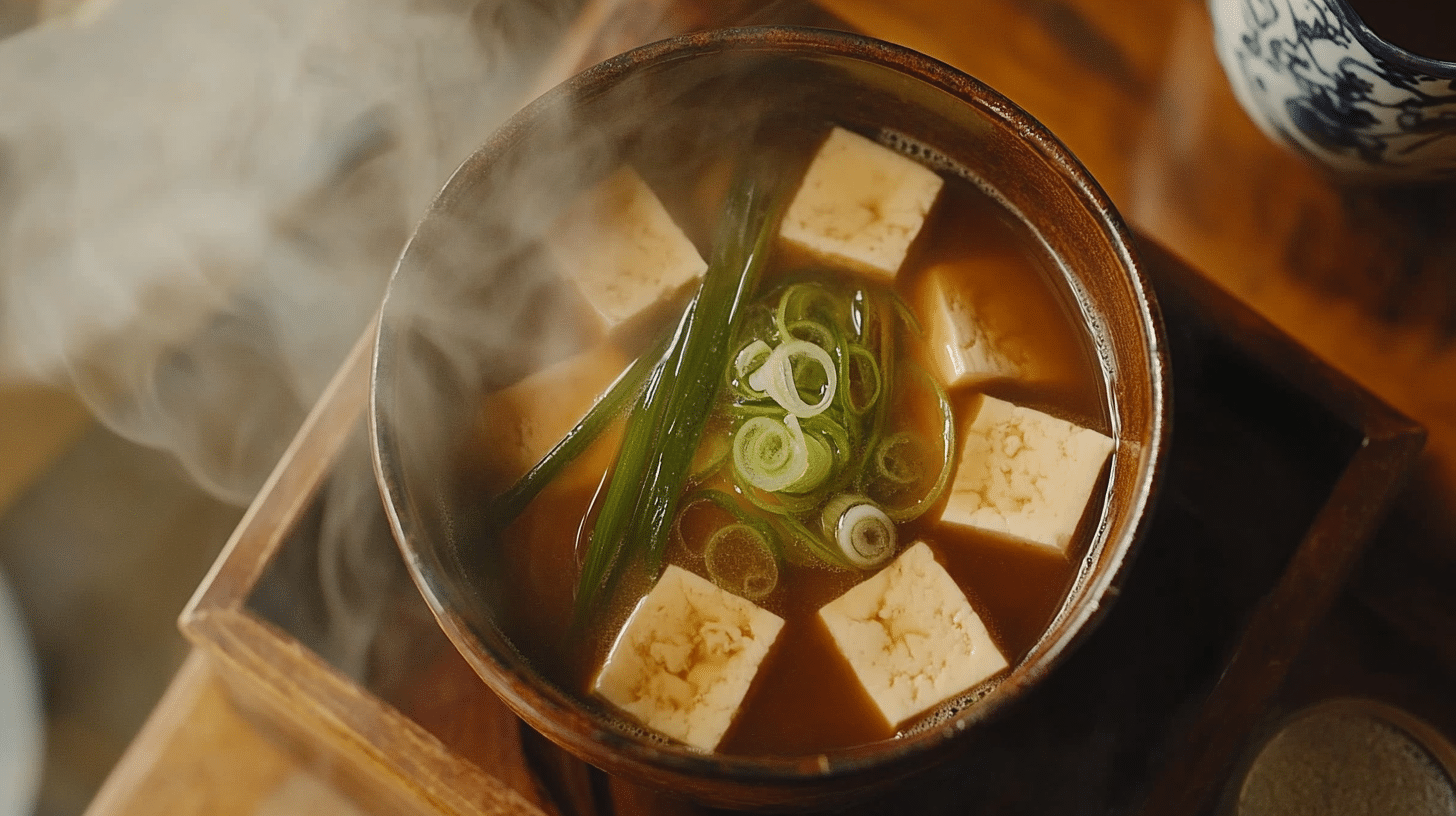
A light, warming broth with silky tofu cubes and wakame seaweed creates the perfect Japanese-inspired accompaniment. Add a few drops of sesame oil on top and sometimes include thin slices of green onion for color and freshness.
Quick Pickled Vegetables
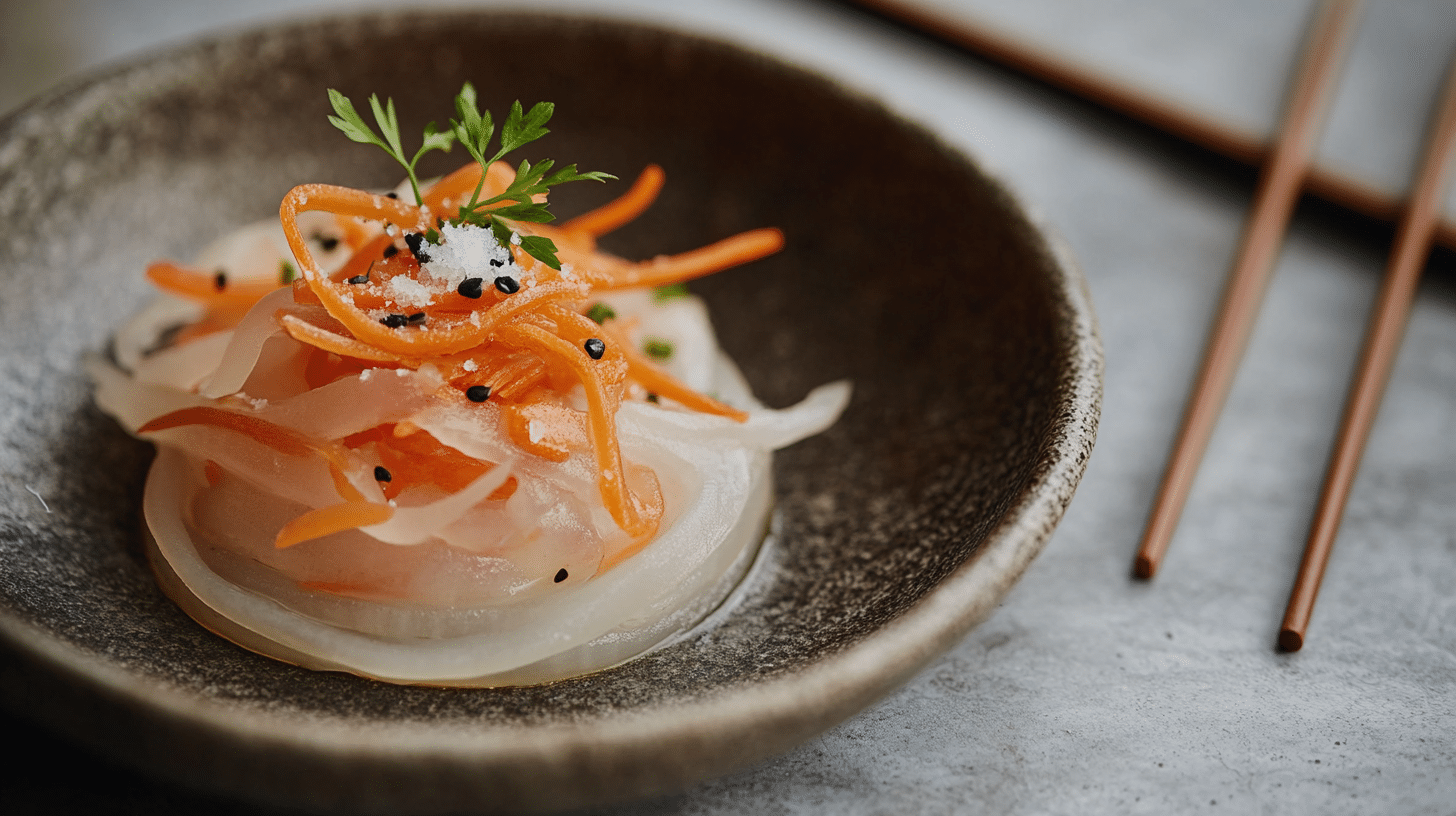
Make these with thinly sliced daikon radish and julienned carrots, tossed in rice vinegar with a pinch of salt and sugar. The tangy, crisp bite cuts through the richness of the Wagyu beautifully, adding a lovely pop of color to the plate.
Troubleshooting: Gyoza Fails and How to Fix Them!
Even after carefully following the recipe and tips, sometimes things don’t go as planned in the kitchen. If you’re facing any of these common gyoza challenges, don’t worry.
- My gyoza are sticking to the pan!
Make sure your pan is properly heated and well-oiled before adding the gyoza. Use a nonstick or well-seasoned pan, and avoid moving the gyoza until they’ve had time to develop a golden crust. - My crispy skirt isn’t crispy!
Your slurry ratio may be off, or there may be too much water. Use exactly 1 tablespoon each of flour and cornstarch with 3 tablespoons of water. - My filling is too wet!
This usually happens when the cabbage wasn’t squeezed dry enough. You can also add an extra teaspoon of cornstarch to bind excess moisture. - My gyoza are falling apart!
The wrappers might be too dry, or you’re overfilling them. Keep unused wrappers under a damp towel. Wet the edges thoroughly when sealing. Use less filling; about 1 teaspoon per gyoza is perfect.
Make Tonight Memorable, Start Here!
This Wagyu gyoza recipe successfully bridges Japanese tradition with Korean heat and American premium ingredients, creating an impressive yet achievable dish for home cooks.
The detailed techniques for achieving the signature crispy skirt and perfectly seasoned filling ensure restaurant-quality results in any kitchen.
What sets this fusion apart is its adaptability; from adjustable spice levels to creative filling variations, making it suitable for different tastes and occasions.
The combination of traditional dumpling craftsmanship with premium Wagyu beef enhances a classic comfort food into something truly special.
Ready to try this fusion masterpiece? Share your gyoza-making experience in the comments below! Did you nail the crispy skirt technique?
Frequently Asked Questions
Can I Use Other Meat Alternatives Instead of Wagyu?
You can substitute the wagyu with regular ground beef, ground pork, or ground chicken. Choose meat with some fat content for juicy results.
How do I Get a Crispy Skirt on my Gyoza?
Use a slurry of flour and water, and pour it into the pan after the gyoza are browned. Then, cover and steam. Let the water evaporate for that perfect crisp.
Can I Freeze Wagyu Gyoza?
Yes! Freeze uncooked gyoza on a tray, then transfer to a bag. When cooking it from frozen, add a few minutes to the steaming time.


